Heroic Christian Naval Victory over the numerically superior invading Muslim Turks
| |
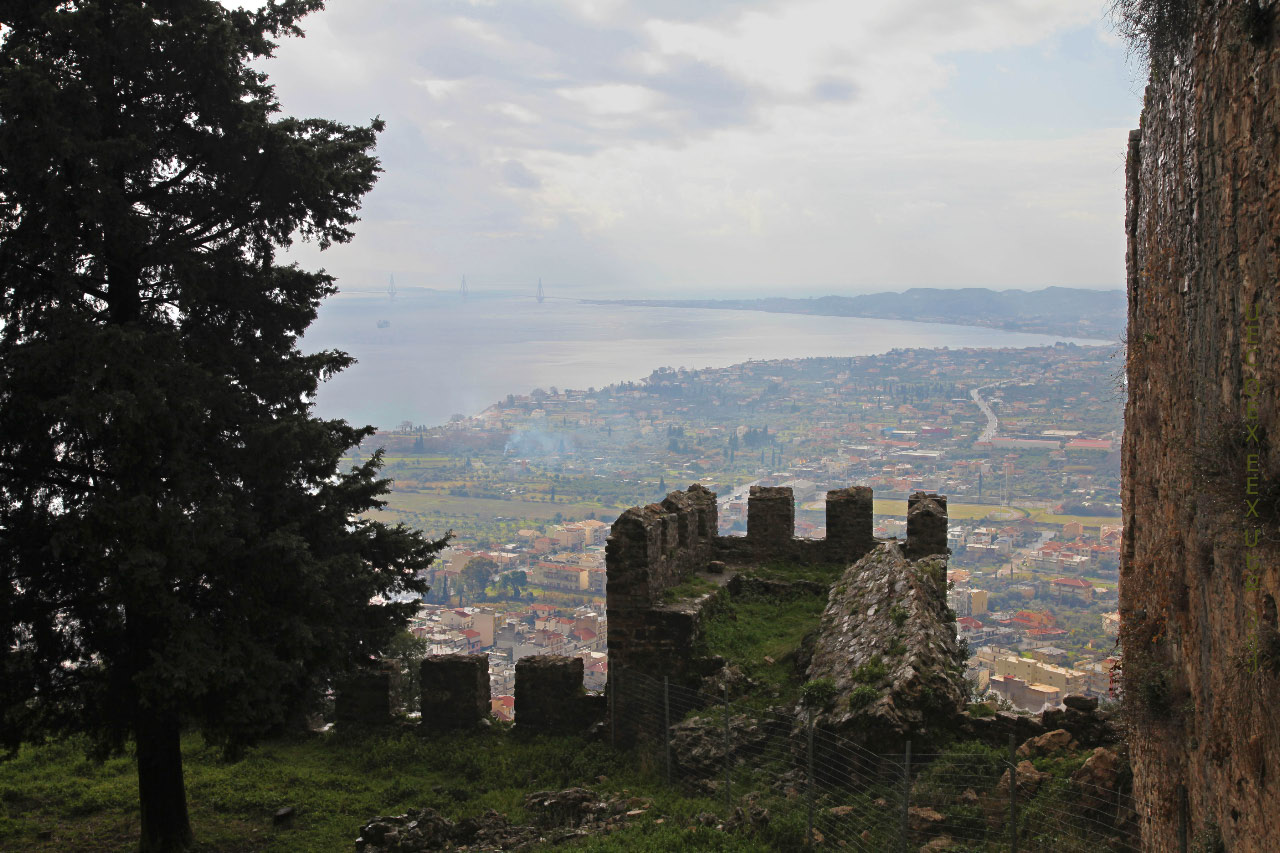 |
|
| |
View from the largely Venetian-built fortress of Lepanto, also known as Naupaktos-Ναύπακτος, more commonly in our time pronounced Nafpaktos.
Except for the brief period from 1687 to 1699, the fortress was under Ottoman-Turkish Muslim control from 1499 until Greek independence in 1829.
The town of Nafpaktos is seen below; then the Gulf of Corinth-Κορινθιακός Kόλπος and onward to the Strat of Rion-Στενό Ρίου, spanned by the nearly
three-kilometer-long Rio–Antirrio Bridge-Γέφυρα Ρίου-Αντιρρίου, and then onward to the Gulf of Patras-Πατραϊκός Κόλπος.
|
| |
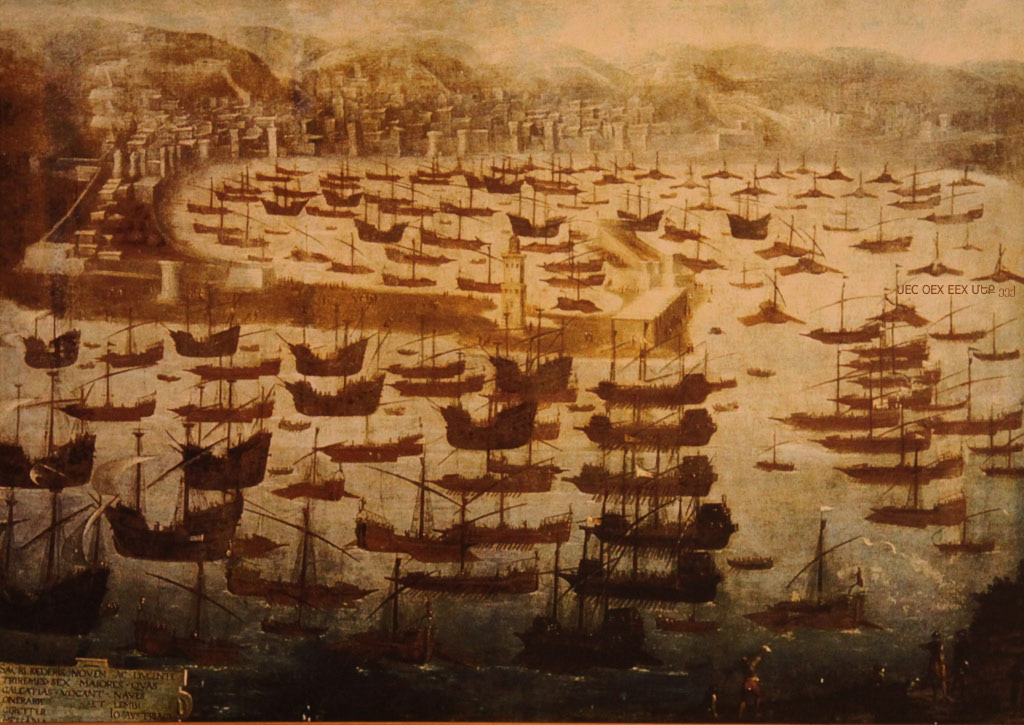 |
|
| |
The Exit of the Christian Fleet from the Harbour of Messina, by Luca Cambiaso (1527 - 1585) |
|
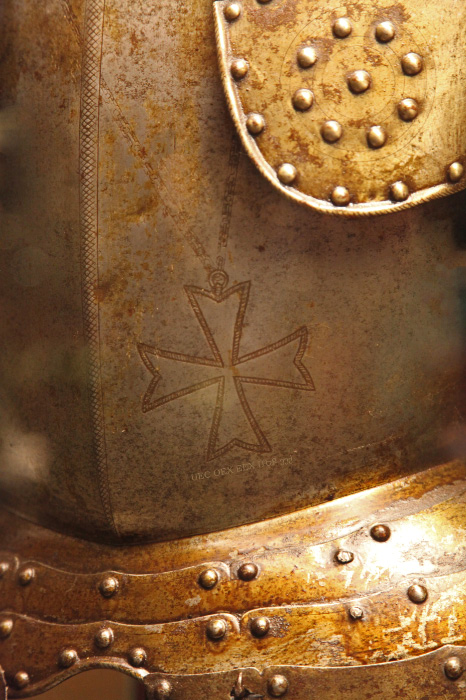 |
The Great Siege of Malta, 18 May 1565 — 11 September 1565
|
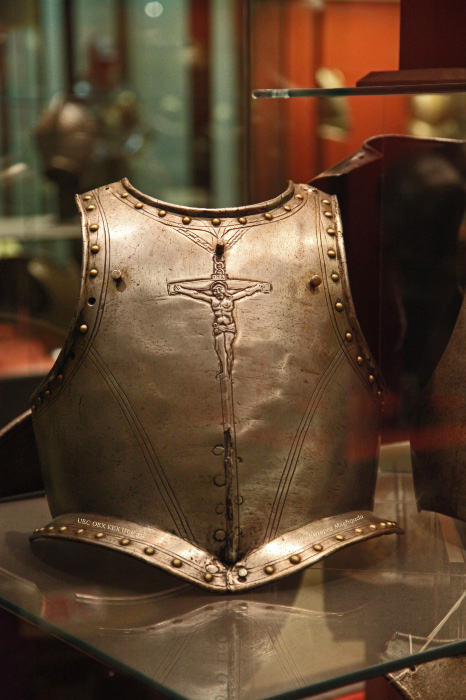 |
| |
|
|
| |
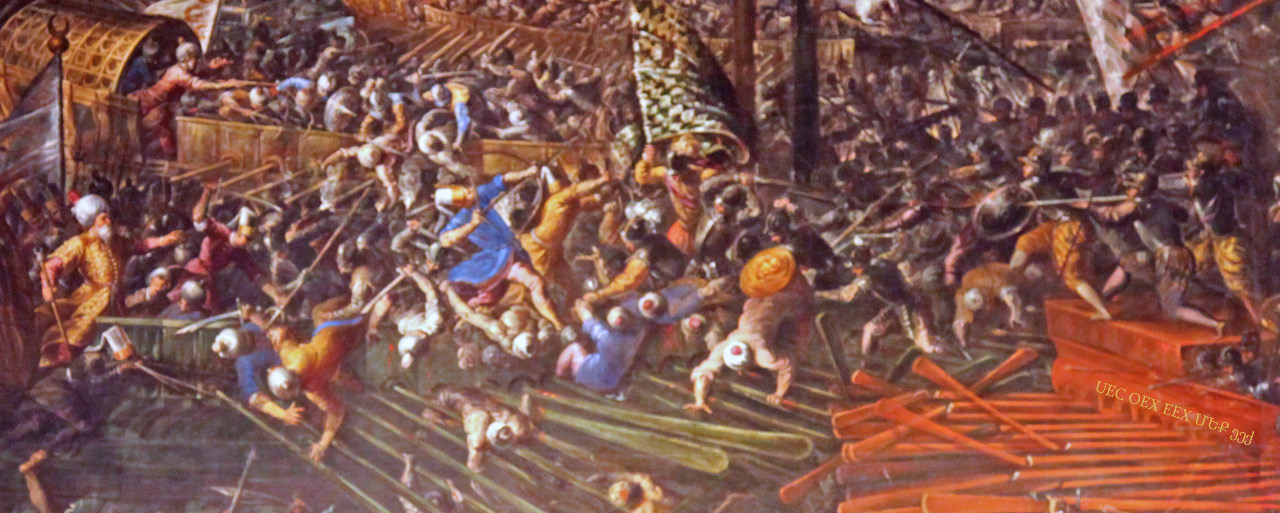
Detail from La battaglia di Lepanto, by Andrea Michieli detto Vicentino (1542 -1617/8), Doges Palace, Venice |
|
| To our collective shame, the constituent peoples of European Christendom have fought many wars with countless battles against each other. |
|
| |
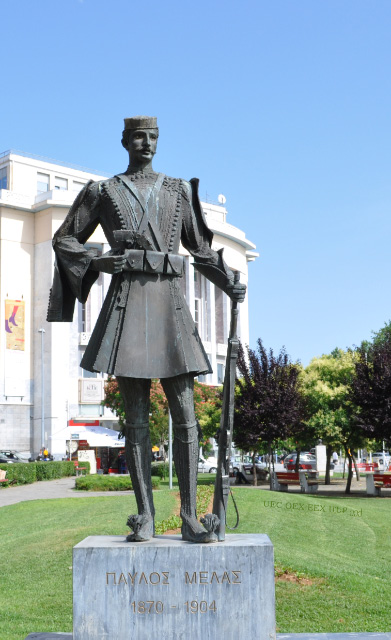 |
| |
|
|
| |
Yet there have been other kinds of epic struggles which have been just. In our collective struggle to prevent the Muslims from attaining their ultimate goal of subjugating all Christian peoples, all of Christendom and above all European Christendom, to their overlordship and forcing us to accept their non-divinely-inspired creed, or to pay the Jizja and "feel ourselves subdued," few moments over the past 1400 years have been of a significance comparable to the Battle of Lepanto in 1571. In fact only three events might be judged over the telescopy of time to have been of comparable significance, these being:
- the Battle of Poitiers on 25 October 732, also called the Battle of Tours, under the leadership of French General Charles Martel;
- the Battle of Kulikovo Field - Битва на Куликовом поле или Куликовская Битва on 8 September 1380, under the generalship of Saint Dmitrii Ivanovich Donskoi, Prince of Moscow and Grand Prince of Vladimir - Св. Дмитрий Иванович Донской, Князь Московский (с 1359) и Великий Князь Владимирский (с 1363) and with the spiritual guidance of Saint Sergius of Radonezh (1314-1392) - Изображение Сергия Радонежского; and
- the victory of forces of the Holy Roman Empire and of the Polish–Lithuanian Commonwealth under the command of Jan III Sobieski, King of Poland and Grand Duke of Lithuania, over the invading Muslim Turks on 12 September 1683 at the walls of Vienna.
In all four battles the victorious Christian forces had been outnumbered or greatly outnumbered.
There were many other important events to be sure — including the repelling of the Ottoman Muslim Siege of Vienna five generations earlier, in September to October of 1529, and the May through September 1565 repelling of the Siege of Malta, both Christian victories against hugely superior numbers of invading Muslim Turks. Yet it can be said that on 7 October 1571 the Muslim Ottoman Turks stopped advancing against European Christendom, and on 12 September 1683 they started retreating.
And to this list of four watershed battles must of course be added the Reconquista — the expelling of the Muslim Moors from the Iberian Peninsula — which took place over the nearly eight-century period between the Battle of Covadonga in 722 and the final defeat of the Muslims in 1492 under the reigns of the Catholic Monarchs - los Reyes Católicos, Isabella I of Castile and her husband Ferdinand II of Aragon.
In the Christian victory in the Battle of Lepanto on 7 October 1571, sailors, oarsmen and soldiers of the Holy League of the Republic of Venice, Hapsburg Spain, the Papal States and Genoa, Tuscany, Malta and Savoy under the command of Don John of Austria - Don Juan de Austria - Ritter Johann von Österreich (1547-1578), son of Holy Roman Emperor Charles V (1500 -1558) and half brother of King Philip II of Spain (1527 - 1598), decisively defeated the Muslim Ottoman Turkish Fleet in the Gulf of Patras, Greece, preventing Turkish domination of the Mediterranean Sea and a Turkish invasion of Italy and the Christian Europe so divided by the wars and devastation which flowed from the Protestant Reformation.
Those who with reading these lines are learning for the first time about what was the most important naval battle anywhere in the world since the Battle of Actium of 31 BC, 1600 years earlier, might want to pause and consider why this is the case. Why do the schools and universities throughout European Christendom so completely and deliberately avoid teaching pupils and students about this event? |
|
| |
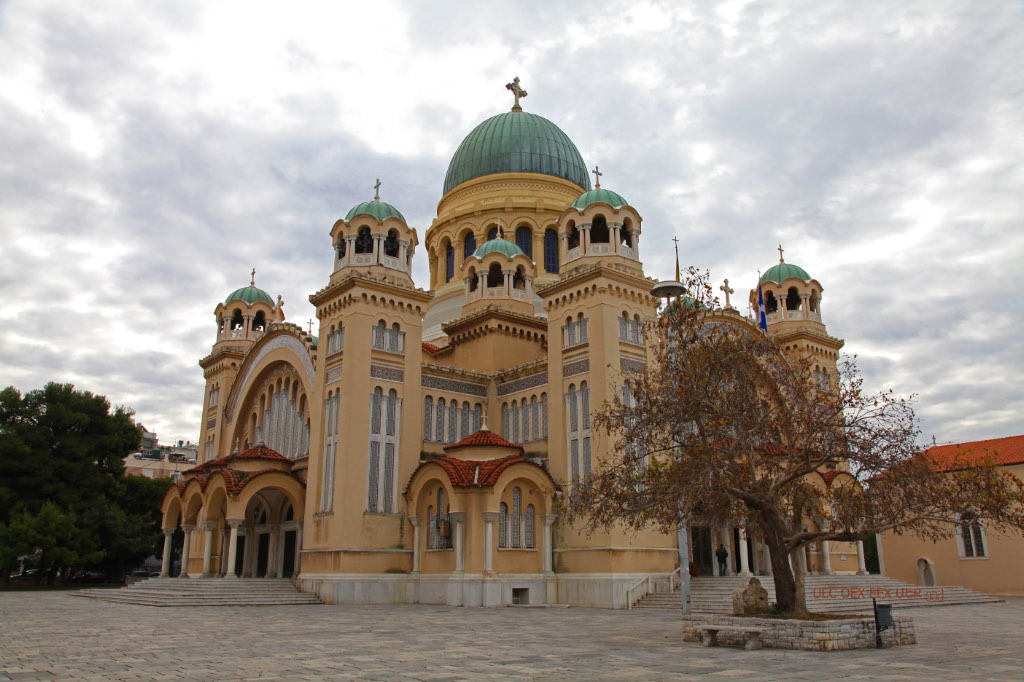 |
| |
|
Άγιος Ανδρέας - Saint Andrew's Greek Orthodox Basilica in Patras, Greece, within 20 kilometers of the site of the Battle of Lepanto |
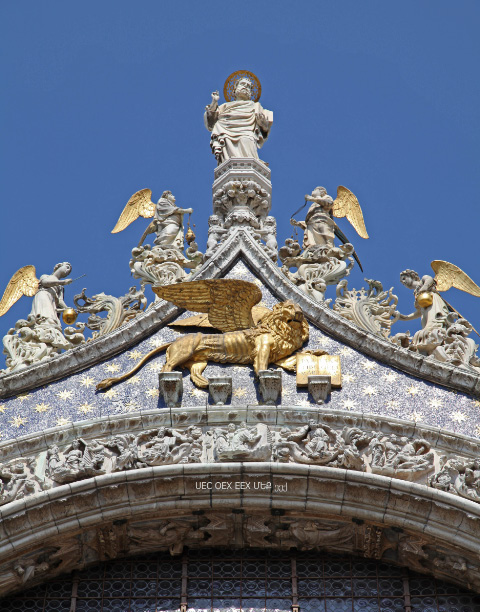
dalla Basilica Cattedrale Patriarcale di San Marco |
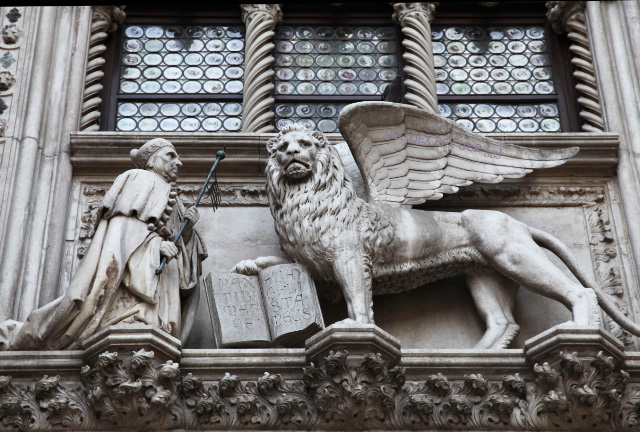
Pax tibi Marce, evangelista meus.
May Peace be with you, Mark, my evangelist. |
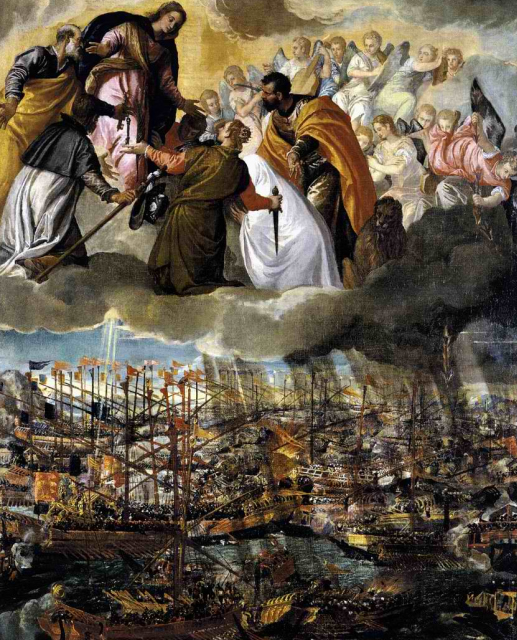
Paolo Veronese (1528-1588), Doges Palace in Venice |
|
|
|
While there may be no atheists in the foxholes of any battle, the Christian devotion of the Christian participants in this battle was as striking as was the significance to Christendom of the battle's victorious outcome. Before the battle every soldier, sailor and oarsman was given a Rosary, and Don John of Austria had the entire Christian force pray the Rosary.
And in a glorious link between European Christendom and Christendom at large, a reproduction of the Sacred Image of Our Lady of Guadalupe was placed in the flagship of Admiral Giovanni Andrea Doria. This holy icon had been given by Don Fray Alonso de Montufar, the archbishop of Mexico, to King Philip II of Spain, asking that it accompany the Holy League, after the bishop had touched the copy to the original. Andrea Doria's fleet was under the heaviest attack when a sudden shift in the wind favored the Christians, leading to the decisive victory over the Muslim Turkish aggressors. The following year, in 1572 Pope Saint Pius V ordered an annual commemoration of our Lady of Victory, now the Feast of the Holy Rosary celebrated every October 7th.
|
| |
|
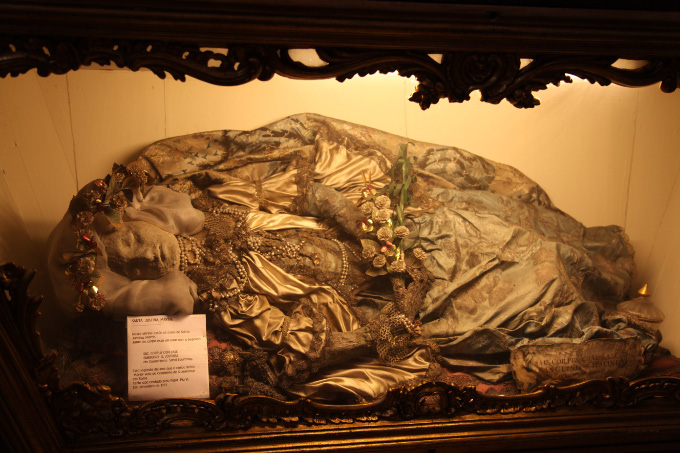 |
| |
|
Santa Giustina di Padova – Saint Justina of Padua (martyred during the persecutions of Diocletian c. 7 October 304 Anno Domini †) Her feast day is 7 October. These relics are located in the Church in Lisbon Portugal dedicated to another saint who also died 1882 kilometers from Lisbon as the crow flys, in Padova-Padua in Italy, but nearly nine hundred years later. Igreja de Santo António de Lisboa – the Santo António Church, was built from 1730 to 1767 to the honor of Fernando Martins de Bulhões – Saint Anthony of Padua (* 1195 in Lisboa Portugal and reposed in Padova Italy on 13 June 1231 †) declared a saint less than one year from his repose and Doctor of the Church on 16 January 1946. |
"...la más alta ocasión que vieron los siglos pasados, los presentes, ni esperan ver los venideros."
|
"...the most noble and memorable event that past centuries have seen or future generations can ever hope to witness."
|
| |
Miguel de Cervantes (1547 - 1616) |
| |
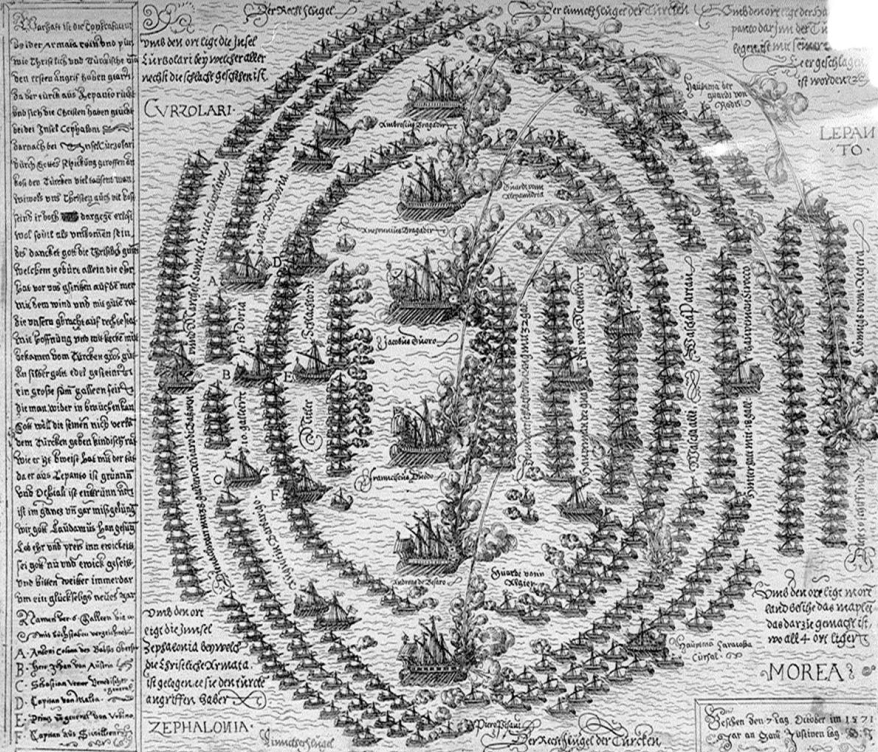
Balthasar Jenichen († vor 1600) National Maritime Museum, Greenwich |
|
| |
"There has already been for you a Sign in the two armies that met (in combat): One was fighting in the cause of Allah, the other resisting Allah; these saw with their own eyes Twice their number. But Allah doth support with His aid whom He pleaseth. In this is a warning for such as have eyes to see." |
| |
|
Verse 3:13 of the Qur'an |
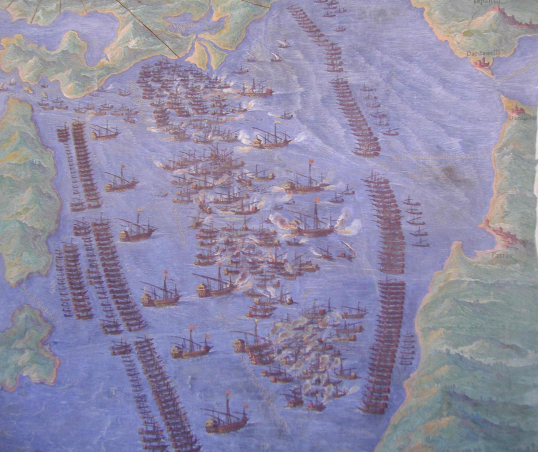
Lepanto, painting in Vatican |
|
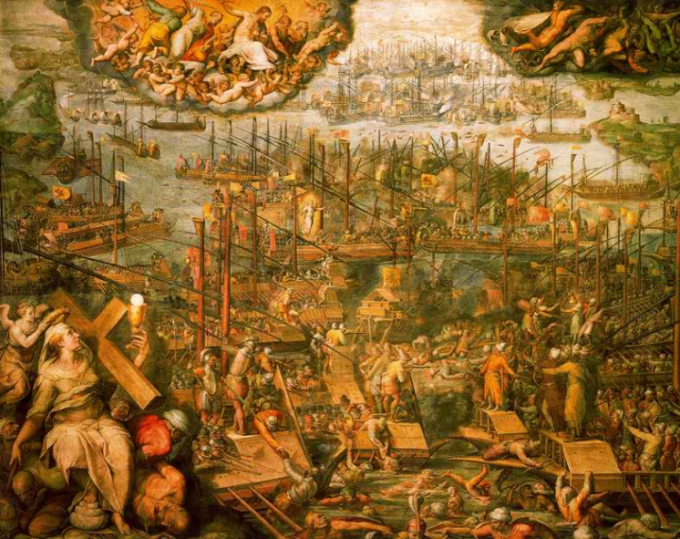
Giorgio Vasari (1511-1574), Museo Correr, Venice |
| |
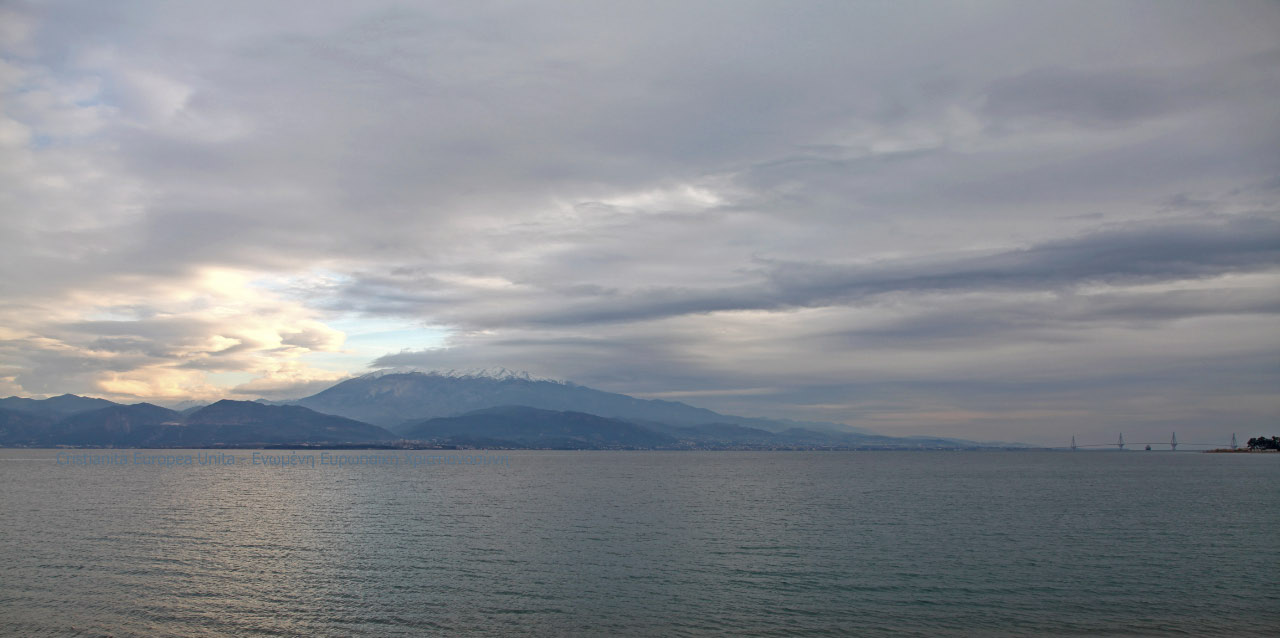 |
|
| |
Patras from Naupaktos across the Gulf of Corith - Κορινθιακός Kόλπος; the 2880 meter Rio–Antirrio Bridge - Γέφυρα Ρίου-Αντιρρίου at right; then the Gulf of Patras - Πατραϊκός Κόλπος beyond |
|
|
Lepanto, a poem by G. K. Chesterton |
|
|
| |
|
|
|
| |
WHITE founts falling in the Courts of the sun,
And the Soldan of Byzantium is smiling as they run;
There is laughter like the fountains in that face of all men feared,
It stirs the forest darkness, the darkness of his beard;
It curls the blood-red crescent, the crescent of his lips; 5
For the inmost sea of all the earth is shaken with his ships.
They have dared the white republics up the capes of Italy,
They have dashed the Adriatic round the Lion of the Sea,
And the Pope has cast his arms abroad for agony and loss,
And called the kings of Christendom for swords about the Cross. 10
The cold queen of England is looking in the glass;
The shadow of the Valois is yawning at the Mass;
From evening isles fantastical rings faint the Spanish gun,
And the Lord upon the Golden Horn is laughing in the sun. |
|
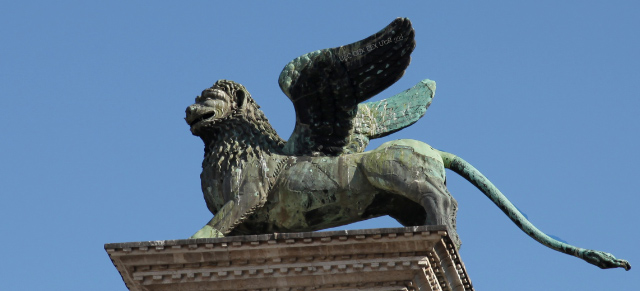 |
| |
|
|
|
| |
Dim drums throbbing, in the hills half heard, 15
Where only on a nameless throne a crownless prince has stirred,
Where, risen from a doubtful seat and half attainted stall,
The last knight of Europe takes weapons from the wall,
The last and lingering troubadour to whom the bird has sung,
That once went singing southward when all the world was young. 20
In that enormous silence, tiny and unafraid,
Comes up along a winding road the noise of the Crusade.
Strong gongs groaning as the guns boom far,
Don John of Austria is going to the war,
Stiff flags straining in the night-blasts cold 25
In the gloom black-purple, in the glint old-gold,
Torchlight crimson on the copper kettle-drums,
Then the tuckets, then the trumpets, then the cannon, and he comes.
Don John laughing in the brave beard curled,
Spurning of his stirrups like the thrones of all the world, 30
Holding his head up for a flag of all the free.
Love-light of Spain—hurrah!
Death-light of Africa!
Don John of Austria
Is riding to the sea. 35 |
|
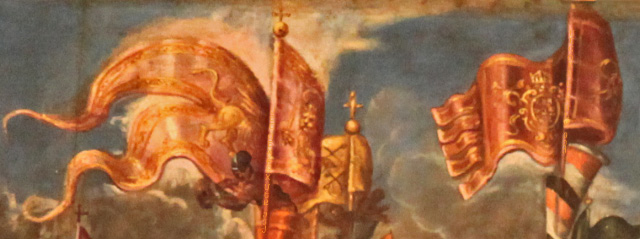 |
| |
|
|
|
| |
Mahound is in his paradise above the evening star,
(Don John of Austria is going to the war.)
He moves a mighty turban on the timeless houri's knees,
His turban that is woven of the sunsets and the seas.
He shakes the peacock gardens as he rises from his ease, 40
And he strides among the tree-tops and is taller than the trees;
And his voice through all the garden is a thunder sent to bring
Black Azrael and Ariel and Ammon on the wing.
Giants and the Genii,
Multiplex of wing and eye, 45
Whose strong obedience broke the sky
When Solomon was king. |
|
|
| |
|
|
|
| |
They rush in red and purple from the red clouds of the morn,
From the temples where the yellow gods shut up their eyes in scorn;
They rise in green robes roaring from the green hells of the sea 50
Where fallen skies and evil hues and eyeless creatures be,
On them the sea-valves cluster and the grey sea-forests curl,
Splashed with a splendid sickness, the sickness of the pearl;
They swell in sapphire smoke out of the blue cracks of the ground,—
They gather and they wonder and give worship to Mahound. 55
And he saith, "Break up the mountains where the hermit-folk can hide,
And sift the red and silver sands lest bone of saint abide,
And chase the Giaours flying night and day, not giving rest,
For that which was our trouble comes again out of the west.
We have set the seal of Solomon on all things under sun, 60
Of knowledge and of sorrow and endurance of things done.
But a noise is in the mountains, in the mountains, and I know
The voice that shook our palaces—four hundred years ago:
It is he that saith not 'Kismet'; it is he that knows not Fate;
It is Richard, it is Raymond, it is Godfrey at the gate! 65
It is he whose loss is laughter when he counts the wager worth,
Put down your feet upon him, that our peace be on the earth."
For he heard drums groaning and he heard guns jar,
(Don John of Austria is going to the war.)
Sudden and still—hurrah! 70
Bolt from Iberia!
Don John of Austria
Is gone by Alcalar. |
|
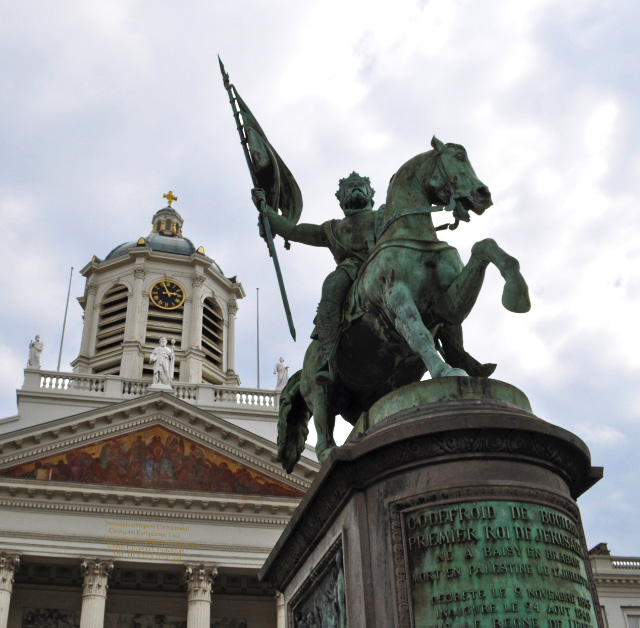 |
| |
|
|
... a different kind of, a different time in, Belgium . ... a newer face of doom .
|
| |
|
|
|
| |
St. Michaels on his Mountain in the sea-roads of the north
(Don John of Austria is girt and going forth.) 75
Where the grey seas glitter and the sharp tides shift
And the sea-folk labour and the red sails lift.
He shakes his lance of iron and he claps his wings of stone;
The noise is gone through Normandy; the noise is gone alone;
The North is full of tangled things and texts and aching eyes, 80
And dead is all the innocence of anger and surprise,
And Christian killeth Christian in a narrow dusty room,
And Christian dreadeth Christ that hath a newer face of doom,
And Christian hateth Mary that God kissed in Galilee,—
But Don John of Austria is riding to the sea. 85
Don John calling through the blast and the eclipse
Crying with the trumpet, with the trumpet of his lips,
Trumpet that sayeth ha!
Domino gloria!
Don John of Austria 90
Is shouting to the ships. |
|
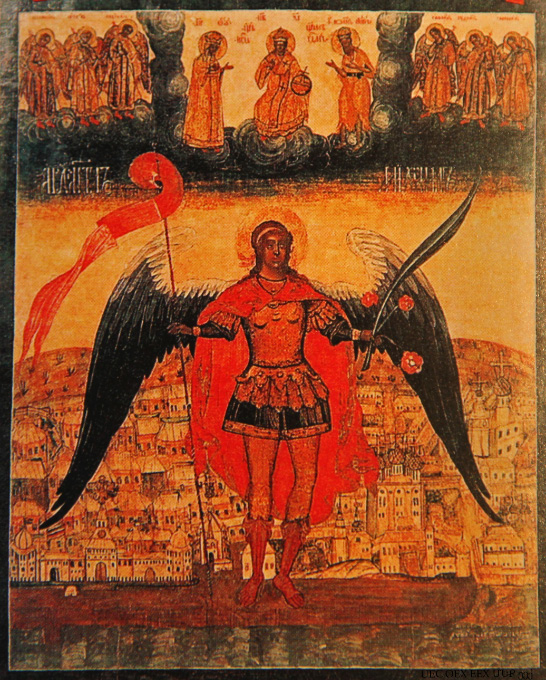
|
| |
|
|
... Archangel Saint Michael Protector of Arkhangelsk .
|
| |
|
|
|
| |
King Philip's in his closet with the Fleece about his neck
(Don John of Austria is armed upon the deck.)
The walls are hung with velvet that is black and soft as sin,
And little dwarfs creep out of it and little dwarfs creep in. 95
He holds a crystal phial that has colours like the moon,
He touches, and it tingles, and he trembles very soon,
And his face is as a fungus of a leprous white and grey
Like plants in the high houses that are shuttered from the day,
And death is in the phial and the end of noble work, 100
But Don John of Austria has fired upon the Turk.
Don John's hunting, and his hounds have bayed—
Booms away past Italy the rumour of his raid.
Gun upon gun, ha! ha!
Gun upon gun, hurrah! 105
Don John of Austria
Has loosed the cannonade. |
|
|
| |
|
|
|
| |
The Pope was in his chapel before day or battle broke,
(Don John of Austria is hidden in the smoke.)
The hidden room in man's house where God sits all the year, 110
The secret window whence the world looks small and very dear.
He sees as in a mirror on the monstrous twilight sea
The crescent of his cruel ships whose name is mystery;
They fling great shadows foe-wards, making Cross and Castle dark,
They veil the plumèd lions on the galleys of St. Mark; 115
And above the ships are palaces of brown, black-bearded chiefs,
And below the ships are prisons, where with multitudinous griefs,
Christian captives sick and sunless, all a labouring race repines
Like a race in sunken cities, like a nation in the mines.
They are lost like slaves that swat, and in the skies of morning hung 120
The stair-ways of the tallest gods when tyranny was young.
They are countless, voiceless, hopeless as those fallen or fleeing on
Before the high Kings' horses in the granite of Babylon.
And many a one grows witless in his quiet room in hell
Where a yellow face looks inward through the lattice of his cell, 125
And he finds his God forgotten, and he seeks no more a sign—
(But Don John of Austria has burst the battle-line!)
Don John pounding from the slaughter-painted poop,
Purpling all the ocean like a bloody pirate's sloop,
Scarlet running over on the silvers and the golds, 130
Breaking of the hatches up and bursting of the holds,
Thronging of the thousands up that labour under sea
White for bliss and blind for sun and stunned for liberty. |
|
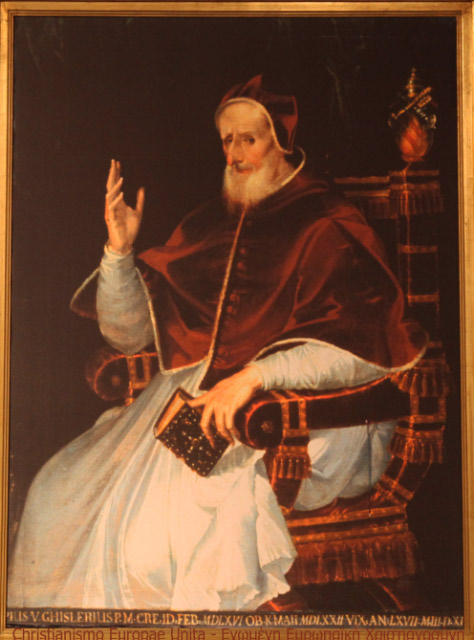 |
| |
|
|
Pope Saint Pius V |
| |
Vivat Hispania!
Domino Gloria! 135
Don John of Austria
Has set his people free! |
|
|
| |
|
|
|
| |
Cervantes on his galley sets the sword back in the sheath
(Don John of Austria rides homeward with a wreath.)
And he sees across a weary land a straggling road in Spain, 140
Up which a lean and foolish knight for ever rides in vain,
And he smiles, but not as Sultans smile, and settles back the blade....
(But Don John of Austria rides home from the Crusade.) |
|
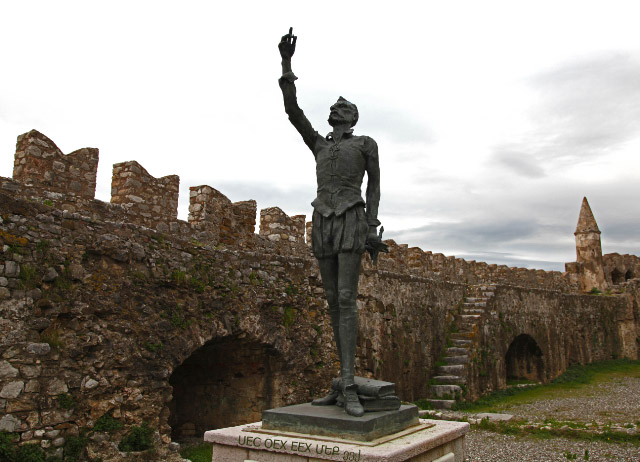 |
| |
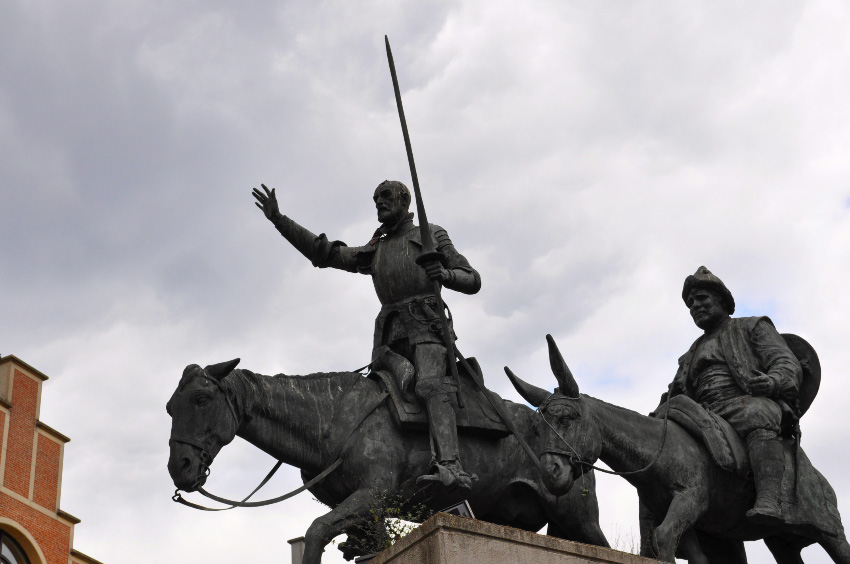 |
|
| |
Sculpture of Don Quixote and Sancho Panza by Lorenzo and Frederico Coullaut Valera in central Brussels, of all places, but recall that Brussels was Hapsburg ruled from 1477 until 1795. (Belgium existed as a nation — part French; part Flemish/Dutch — only from 1830.) Spain was Hapsburg only from 1477 until 1700. |
|
| |
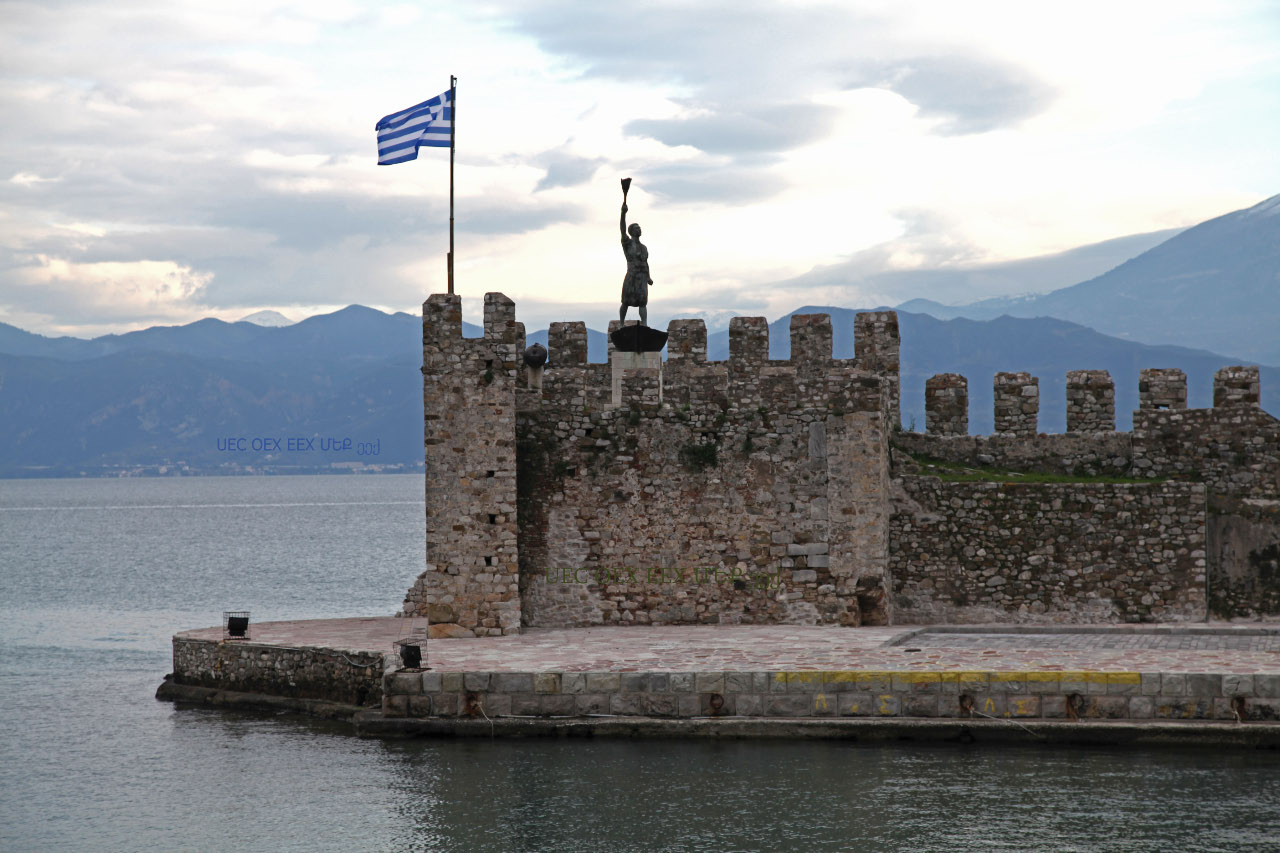 |
| |
|
Ναύπακτος - Naupaktos |
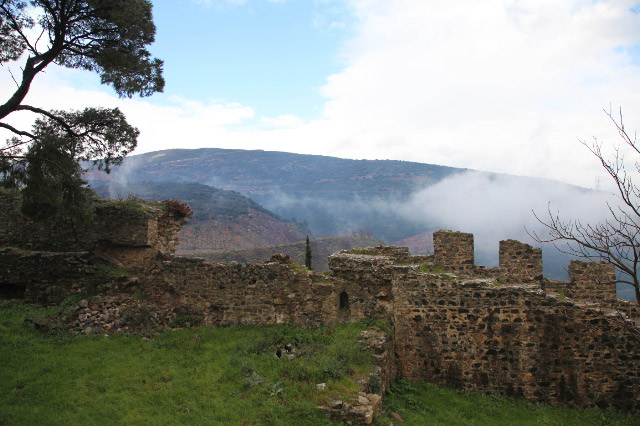 |
|
 |
| ... to the Northeast |
|
... to the East |
| |
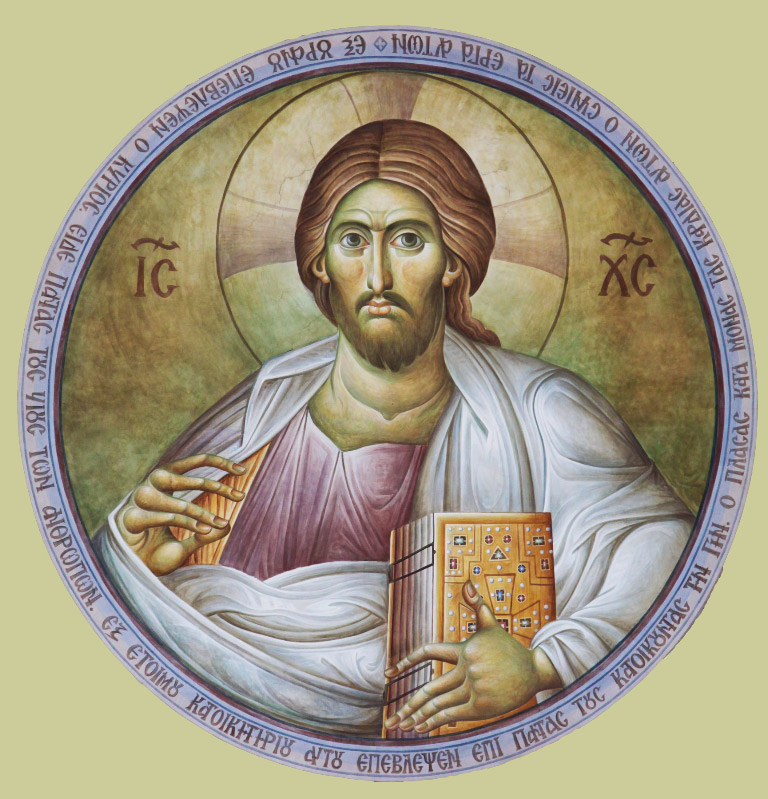 |
|
| |
|
|
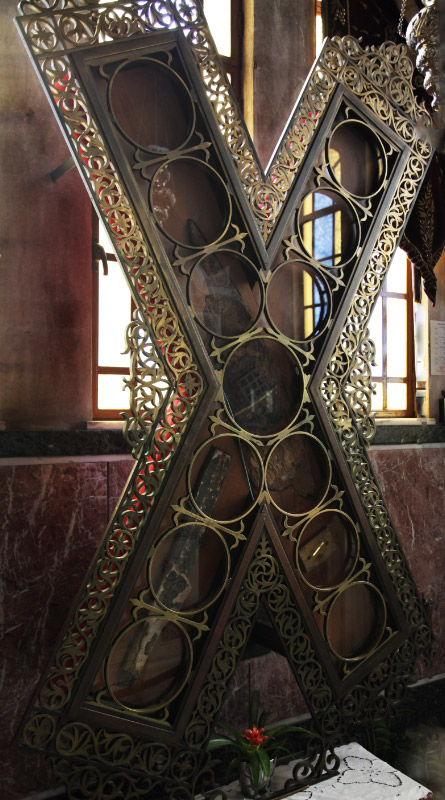
fragments of the cross on which Apostle Saint Andrew was crucified |
|
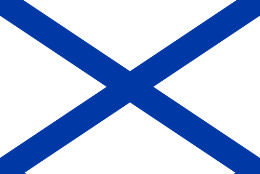
Андреевский Флаг
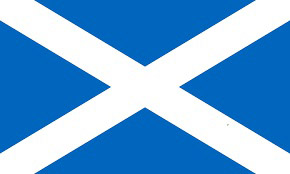
Alba - In My Defens – God Me Defend
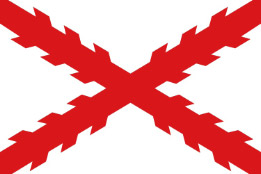
Imperio Español - Cruz de Borgoña
Cruz de San Andrés |
|
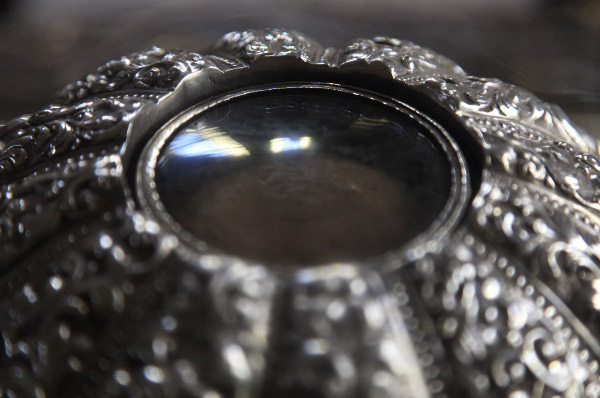
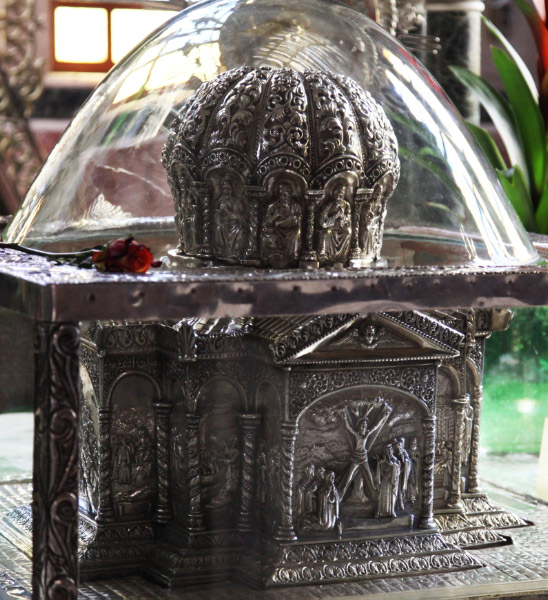
|
| |
|
|
|
relics of Apostle Saint Andrew in Basilica of Saint Andrew, Patras |
| |
|
|
|
|
| |
It would not of course be accurate to state that the Battle of Lepanto was fought by Latin Catholics in defense of their Greek Orthodox brother Orthodox-Catholic Christians. In fact they were fighting a defensive war against the Muslim Turks for their own survival. Still, the spectacle is striking also for this aspect: Catholic Italian and Spanish sailors and soldiers, led militarily by Don John of Austria and spiritually by Pope Saint Pius V, fighting and defeating the mighty Muslim Turks in Greek waters and off the shores of Patras, the city so closely connected with Apostle Saint Andrew, his life and martyrdom, in a watershed war in which the Russians in the person of Ivan IV (the Terrible) refused to lend their aid to the Christian side, and considering also the special devotion that Orthodox Christians have to Apostle Saint Andrew — in their devotion, and not strictly accurately, the First Called– Πρωτόκλητος - Первозванний - Первозванный Apostle — positing the apostolicity of places and their associated episcopal sees connected with Apostle Andrew, not, as they should, in fraternal brotherhood with the Apostolic See of Apostle Peter in Rome (within what should become the Standing Apostolic Synod), but rather by contrast in some kind of opposition, some kind of tense, standoffish competition of the apostles, even inventing for the purpose, and on the slenderest thread of evidence, the legend of Apostle Saint Andrew having voyaged as far as what is now Kiev in order to support with apostolic credentials the proposition of Kievan Rus and its successor Muscovite Rus as the Third Rome, again not in a holy confraternity with the actual Rome (and one might have been permitted to hope even with a driving and abiding felt need to resolve medieval disputes through holy study and examination and with the help of Divine Grace) but rather in some kind of permanent, entrenched, ossified opposition. |
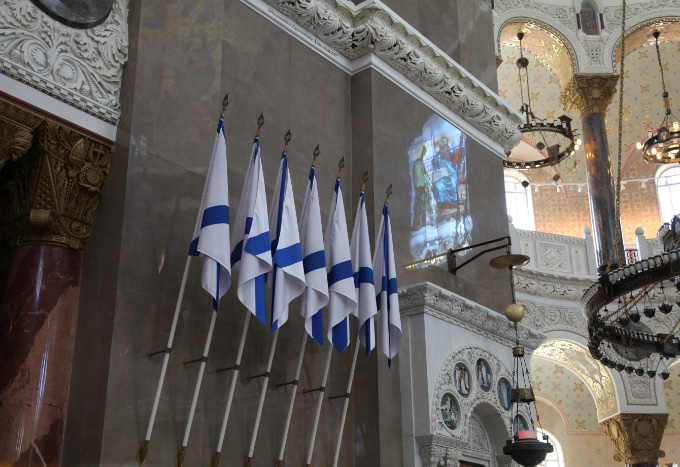 |
|
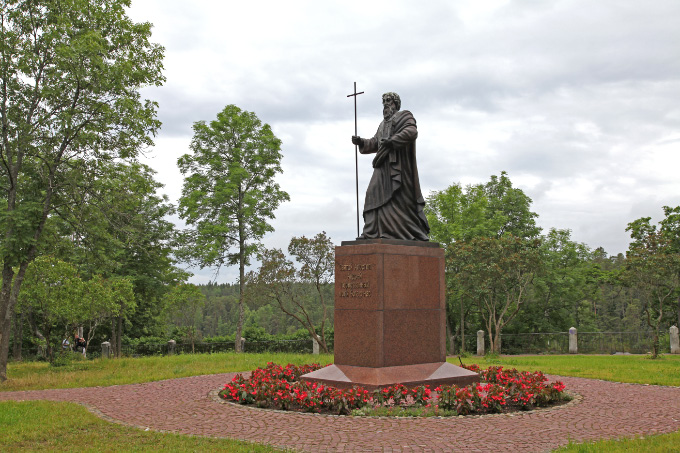 |
Naval Cathedral of Saint Nicholas in Kronstadt, in Russia not Germany, consecrated in 1913 |
|
Святой Апостол Андрей Первозванный моли Бога о нас –
Holy Apostle Andrew First-Called, pray for us. (Valaam) |
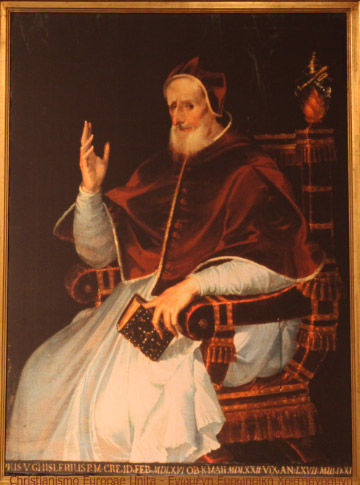 |
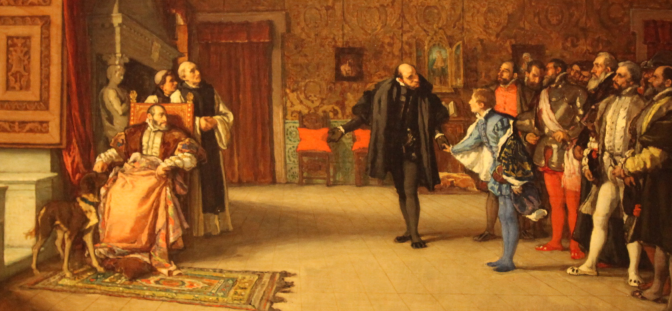
Presentacion de don Juan de Austria al emperador Carlos V en Yuste, Eduardo Rosales,
Museo Nacional del Prado, Madrid
Carlos V - Charles V, Holy Roman Emperor (r. 1519-1556), King of Spain (r. 1516-1556), Lord of the Netherlands (r. 1506-1555), father to Phillip II, illegitimate father to Don Juan de Austria (1547 - 1578), grandson of Isabella I, the Catholic, Queen of Castile (r. 1474 - 1504) and Ferdinand II of Aragon (r. 1479 - 1516), unifiers of Spain, completers of the glorious, eminently justified and holy Reconquista of Spain and European Christendom from the invading Muslims, and sponsors of the 1492 voyage and flawed but still holy opening of the New World to Christendom by Christopher Columbus' (1451 - 1506). |
|
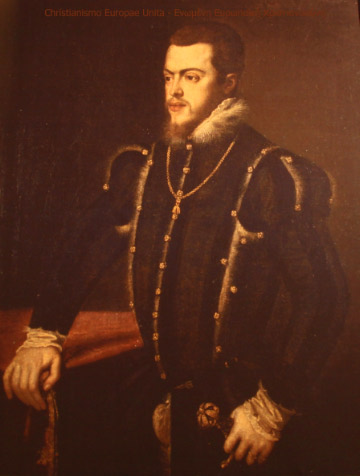 |
| |
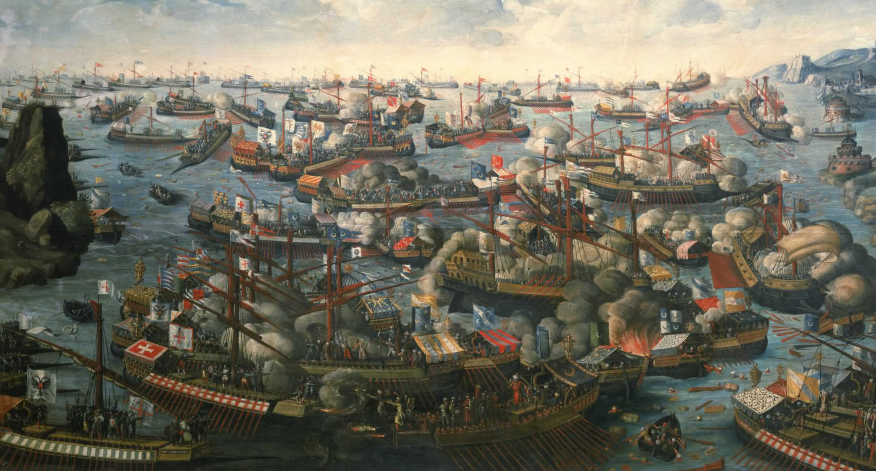
Letter, National Maritime Museum, Greenwich |
|
| |
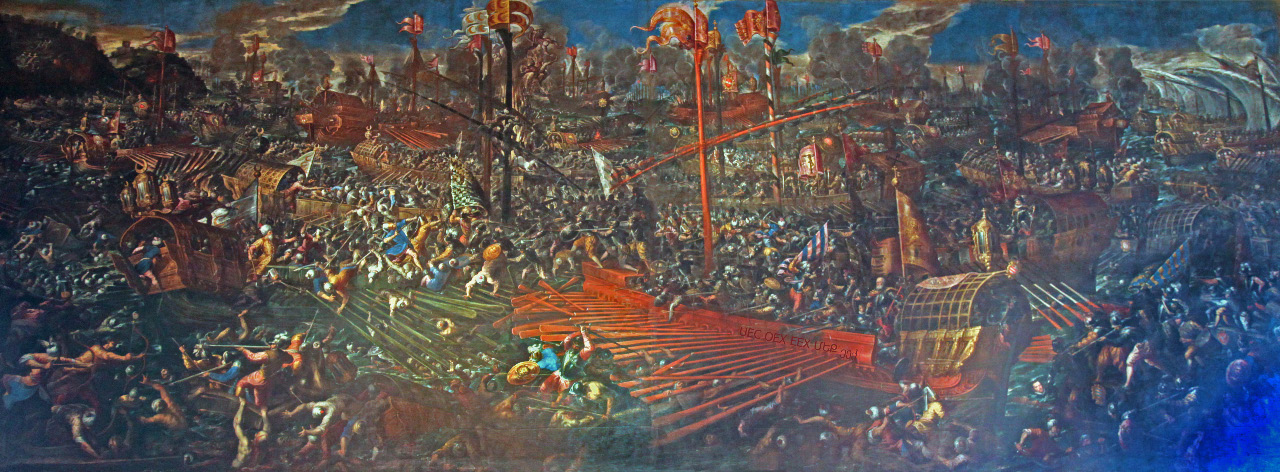 |
|
| |
La battaglia di Lepanto, by Andrea Michieli detto Vicentino (1542 -1617), Doges Palace, Venice |
|
|
|
|
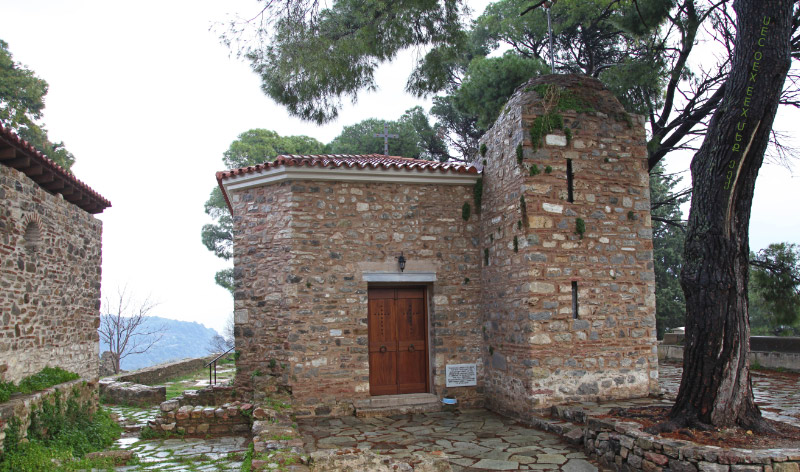
... and again there is a Church atop the Fortress of Lepanto, for a while at least, until the enemies of the Church and of Christendom from without, but more so still the fools and the arrogant, the comfort coveting and deference demanding from within the Church, achieve the transfer of these lands and peoples back again to the Muslims, chiefly through Demographic Replacement, but then mixed with other means. |
|
And a curious addendum might be added. About ninety years ago and at around the time of the Great Fire, the Massacre, the Catastrophe of Smyrna - Καταστροφή της Σμύρνης - Զմյուռնիոյ Մեծ Հրդեհ the population of Turkey was only about 13,000,000.
(The fire itself, destroying the Christian Greek and Armenian Quarters, while leaving the Muslim and Jewish Quarters undamaged, began on 13 September 1922, four days after the 9 September 1992 arrival of the Turkish army of Kemal Atatürk. The death toll of Christians resulting from the whole fire and massacre business was as high as 100,000, while the soldiers and sailors from the twenty-one warships of Exceptional America, Imperial Britain, Superior France and La Dulce Vita Italy stood by and did nothing, nothing that is to help the Christians being massacred by Muslims in the tens-of-thousands daily.)
Even as late as the 12 September 1963 signing of the Ankara Agreement, the population of all of Turkey was less than 30,000,000.
Today, in late 2014, the population of Turkey is about 80,000,000. The population of the portion of Turkey lying within what is now geographically Europe, those lands which European Christendom historically called Thrace and Constantinople, is about 12,000,000 people, almost all of them Muslims. (The Turks divide their "European Turkey," 23,764 km² out of 783,562 km² for the whole of Turkey, about 3% of that total land mass, into the provinces of Edirne, Kırklareli, Tekirdağ, the portion of Çanakkale Province lying west of the Dardanelles Strait and the portion of Istanbul lying west of the Bosporus Striats.) The Ecumenical Patriarch of Constantinople, since 2 November 1991 Patriarch Bartholomew, presides over a Greek Orthodox Community of Faithful within all of Turkey of about 3000 people!
And yet for all this, in another sense the developments of — well ... the degeneration of — the 20th century changed little. From the final fall of Constantine's "New Rome –" Constantinople to the invading Muslim Ottoman Turks on 29 May 1453, the Moscovite Principality, then Russian Tsardom, then Russian Empire has seen itself as the chief protector of the Orthodox and of Orthodoxy, however much an atheist–Jew–Bolshevik, 74-year interlude, followed by a kleptocracy, have complicated and clouded this image and reality for the Russians themselves and for the world. |
| |
|
|
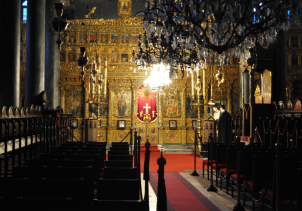
Inside the Cathedral Church of Saint George
Καθεδρικός ναός του Αγίου Γεωργίου
in Fener / φανάρι, Istanbul, or according
to another version, Constantinople
|
|
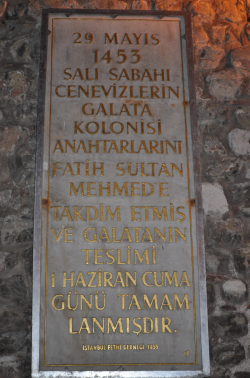
Tablet on Tower in Istanbul, formerly Constantinople/ Κωνσταντινούπολις, with Muslim Turks celebrating their victory over the Greek Christians and their capture, that is stealing through mass murder, of the Capital of the Christian Roman Empire
|
|
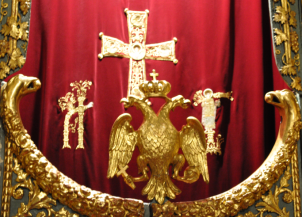
Καθεδρικός ναός του Αγίου Γεωργίου |
| |
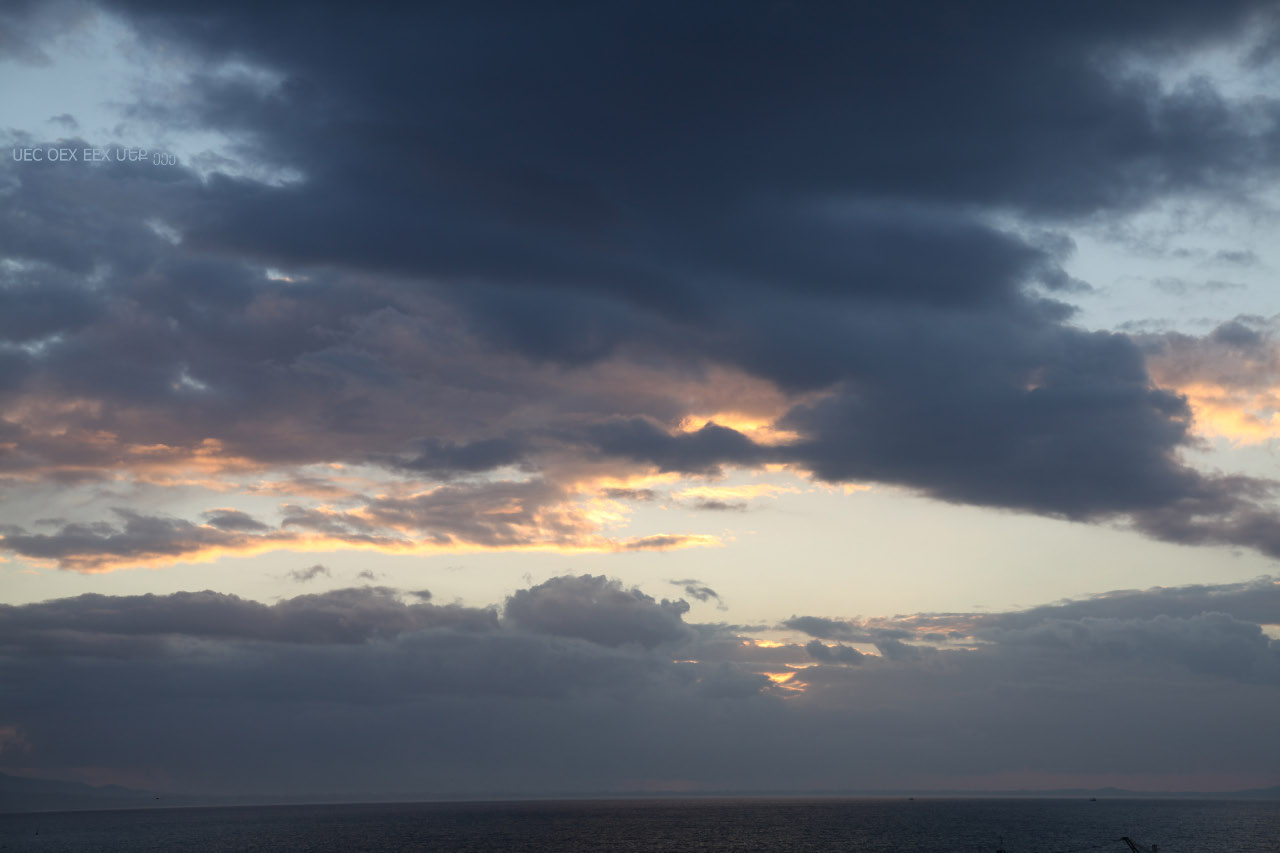 |
|
| |
Gulf of Patras - Πατραϊκός Κόλπος, 11 Γενάρη του 2013 |
|
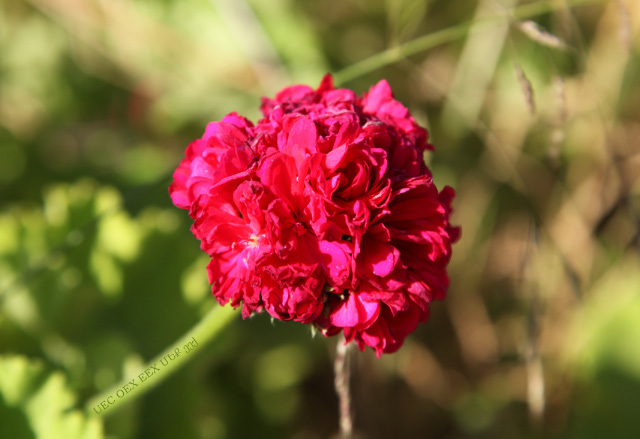 |
|
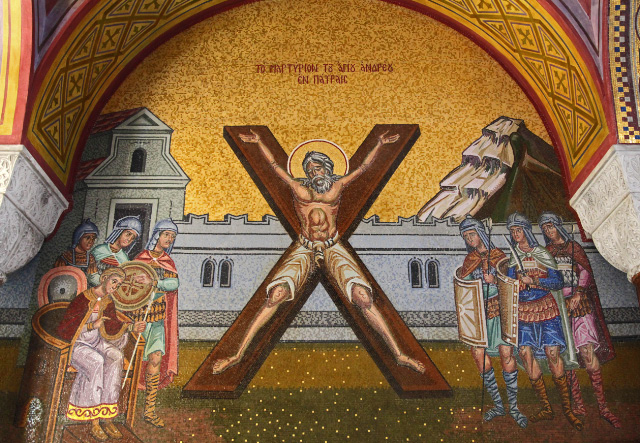 |
| |
|
|
|
Elsewhere in European Christendom 1571 was a year not especially auspicious or good.
|
|
|
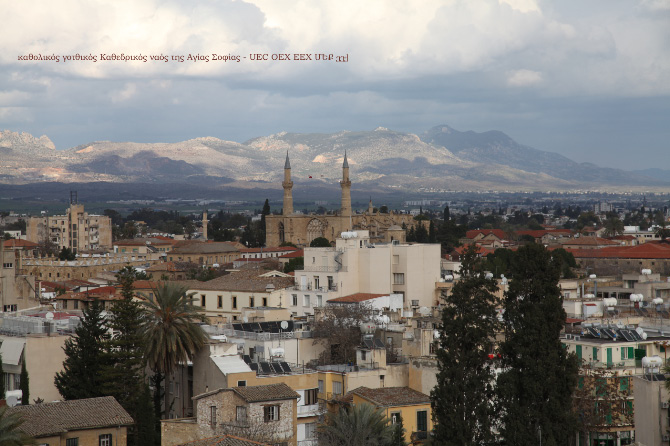
καθολικός γοτθικός Καθεδρικός ναός της Αγίας Σοφίας
- formerly the Catholic Gothic Cathedral of Saint Sophia - Holy Wisdom,
the largest and oldest surviving gothic Church buildingin Cyprus,
construction having begun during the period of Frankish rule, possibly as early as 1209.
Called the Selimye mosque since 1954 in honor of the Soldan of Byzantium,
Sultan Selim II (1566 – 1574) of the Muslim Turk Ottoman Empire. |
|
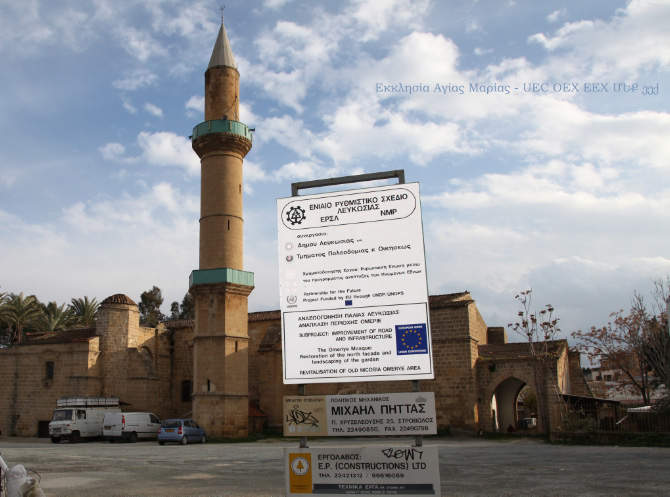
Originally a 14th Century Church of the Order of Augustinians,
dedicated to Saint Mary - Εκκλησία Αγίας Μαρίας
On 8 January 2013 it is for the benefit of Islam and the Omeriye mosque
that the politicians and bureaucrats of the European Union — secular atheists and clueless
as to how to protect and advance the interests of European civilization even by atheist standards —
elect to spend taxpayer money to restore the north facade and landscape the garden. |
Both of these pictured Churches in Lefkosia, as also the Cathedral of Saint Nicholas (1298) and the Church of Saints Peter and Paul (1359) in Famagusta (not pictured) and many others were converted into mosques in 1571.
But of course, unlike the clueless, comfort-coveting Catholic clerics of our times, these killers of Christians were unburdened by holy Christian consciences or by the unholy confusion of syncretism. They did not need to waste time. |
| |
|
|
|
|
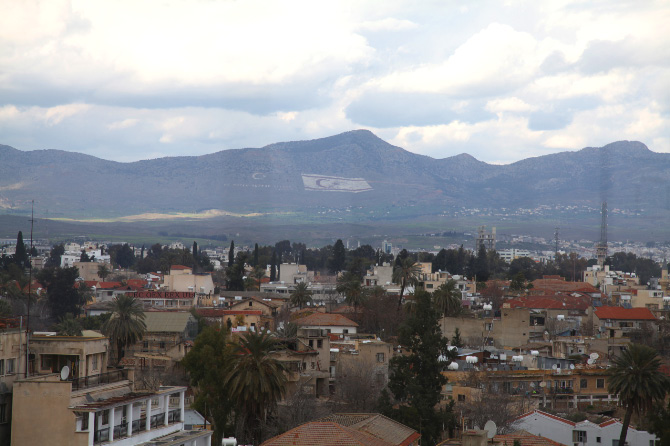 |
|
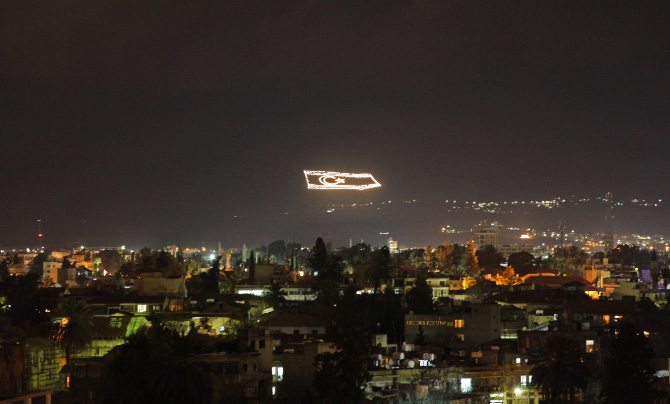 |
| |
|
|
|
|
| |
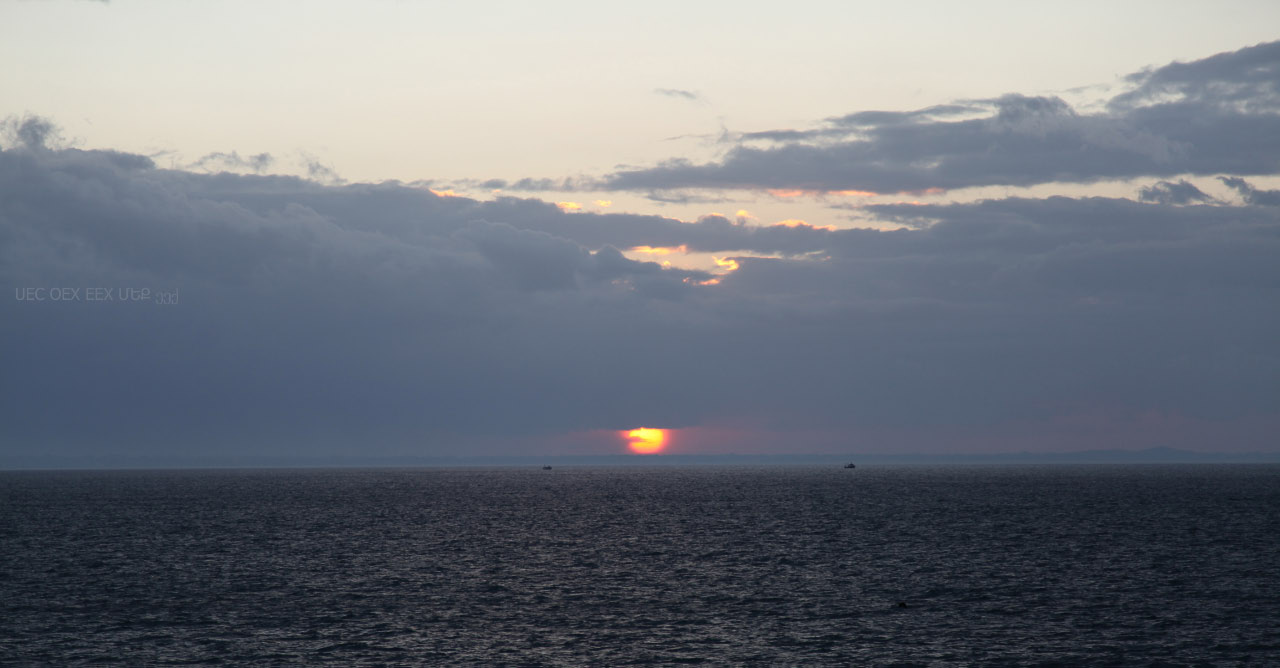 |
| |
|
|
|
|